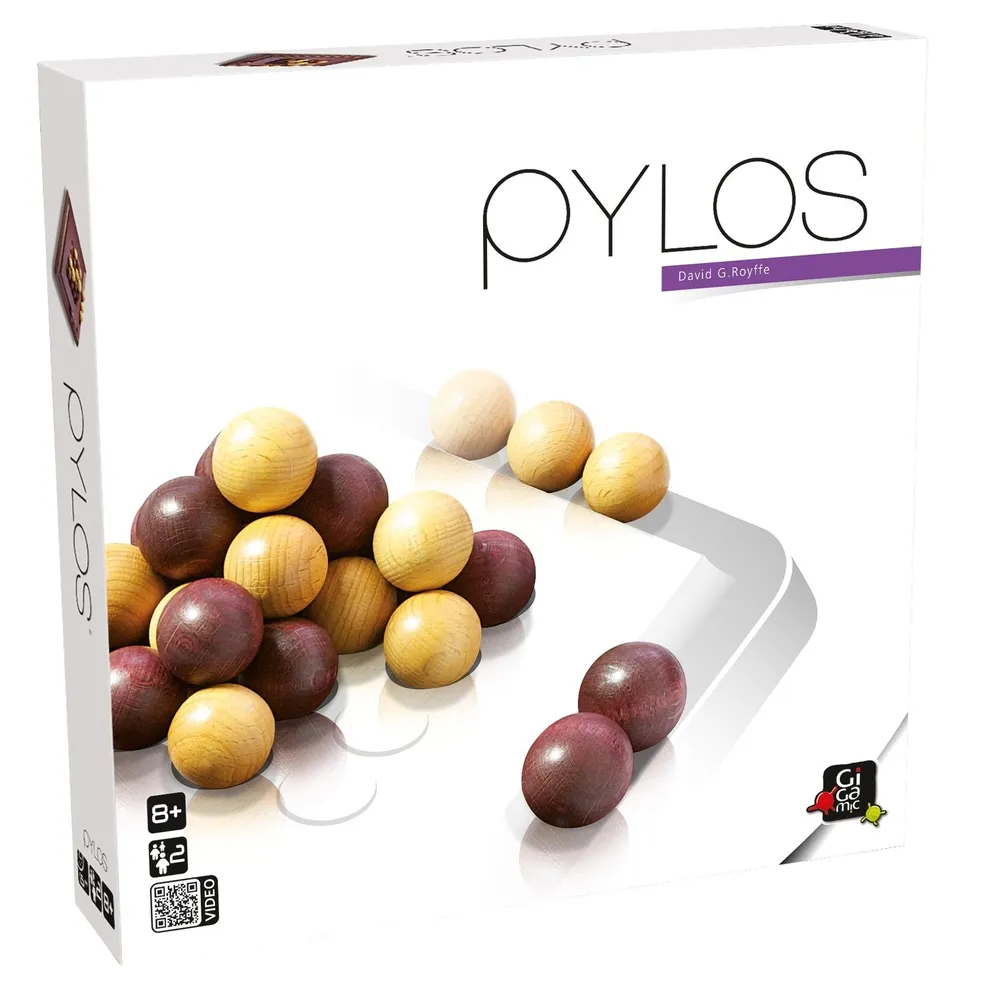Pylos (1993)
Pylos
“Puzzling Pyramid” is a board game where each player builds a maze on the side of a pyramid for another to navigate, sight unseen, and then race each other to the top. While specific information about the game’s history and background is not available in the search results, it is likely that the game has been inspired by or adapted from ancient board games, as board games have a long history dating back to the Neolithic period.
Why is Pylos Popular?
The game is popular and significant because it combines the challenge of building a maze with the competitive nature of racing to the top of a pyramid. This combination of skills and strategy makes the game engaging and entertaining for players. Additionally, the use of a pyramid as the game board adds a unique and visually appealing element to the game, making it stand out among other board games.
Game Components of Pylos
How To Setup Pylos
Setting up Pylos is quick and straightforward. Each player places their 15 spheres in the grooves on the outer edge of the board, known as the reserve. This setup takes approximately 20 seconds, and once completed, the game is ready to start.
Gameplay Mechanics and Game Objective
Player Experience
Pylos offers a blend of spatial reasoning, strategy, and a touch of dexterity. Players must think ahead to build the pyramid efficiently and strategically. The game’s dynamic nature means that the baseline is constantly changing, requiring players to adapt and reconsider their moves. The high-quality wooden components add to the tactile experience, making the game both visually appealing and engaging to play.
Pros
Cons
Personal Thoughts on Pylos
Pylos is an excellent choice for anyone looking for a quick, strategic, and visually appealing two-player game. It is particularly suited for players who enjoy abstract games, spatial reasoning, and pattern building. The game’s simplicity and educational value also make it a great option for families with children aged 8 and above. For experienced gamers, the expert variant adds an extra layer of complexity, making Pylos a game that can grow with the player’s skills.
We are supported by our audience. When you purchase through links on our site, we may earn an affiliate commission, at no extra cost for you. Learn more.

